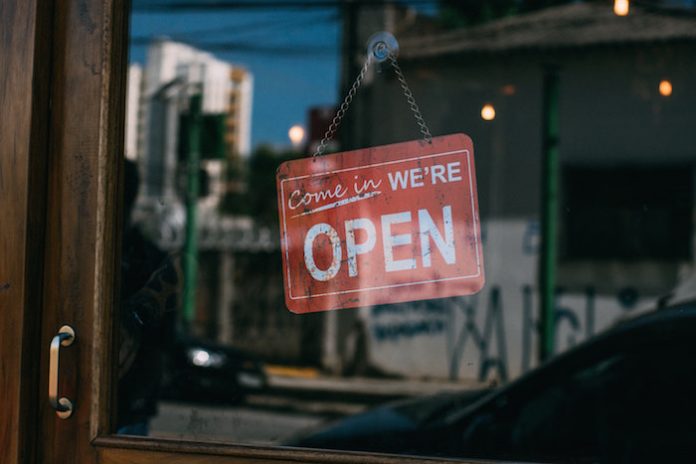There has been a lot of buzz around home-based businesses using social media and various online marketing tools. This often makes us question the importance of the brick-and-mortar business model that has been working for ages for the business owners.
Well, this article isn’t denying the importance of social media and digital marketing that is bringing lots of new business opportunities for entrepreneurs. In fact, we have been the strong advocator of starting businesses while making optimized usage of online marketing tools.
Businesses have been doing fairly well out there on social media and enjoy exceptional profits from advertising. Many business owners have discovered how to get a verified badge on Instagram and have likewise expanded their Instagram marketing success. Others find results by posting funny TikTok and Facebook videos. The online media landscape certainly has transformed the business sector.
However, let’s take a step back and remind you of the relevancy of the brick-and-mortar business model.
What Are Brick-and-Mortar Businesses?
This model is focused on having a physical business presence in the locality where you interact with your customers directly. Examples of these would be convenience stores, physical commercial markets related to different consumer segments, shopping malls, agency offices, and many other examples.
While all of these can and should have a strong online presence, we also need to realize the significance of physical locations. While consumer behaviors are changing a great deal, you can never deny the importance of face-to-face meetings and profits generated due to direct selling. Also, the relationships that are developed with this mode of selling are long term.
69% of Americans do online shopping, and a major share belongs to the clothing niche. While there are hundreds of other business niches and worldwide global locations, the brick-and-mortar business model always brings in more profits. Retail chains have always maintained a significant customer footing inside their stores and they have always grown bigger over time.
Let’s discuss some of the points that maintain its relevancy and why the home-based business model now needs to look towards this:
Physical Observation Before Buying
It has been stated earlier that still, a handsome percentage of people don’t buy online. The main reason that could be stated is that they want to physically experience the product before buying. For instance, you can’t decide what size of a shoe would particularly fit and how comfortable it is before buying. To save you from all the hassle of returns and refunds, it becomes imminent to visit physical stores to try out a particular product model.
Shopping as a Fun Leisure Activity
While many individuals just like to browse through different online shops to see what products they would like to buy, many of us still take the physical shopping experience as fun. It presents some hangout opportunities with our friends and family. A shopping day outside brings some sort of satisfaction to the consumers and this stays the prime reason why people still rush to shopping malls and other marketplaces.
Develop Brand Aesthetics and Authority
When potential customers frequently visualize your store at key locations, they will begin to experience your brand. It helps business owners build authority and provide customized shopping experiences. It is all about how actively you engage with your customers and build a trust relationship. A small piece of advice can work in your favor and allows you to build brand loyalty.
The good thing about modern times is that it presents viable and various business opportunities both online and offline. While you can start with any investment with the latest business practices, going big and scaling always remains the end goal. All of these models are here to stay for quite a time so try to include them, even the brick-and-mortar business model, in your business growth strategy.
Find a Home-Based Business to Start-Up >>> Hundreds of Business Listings.

















































